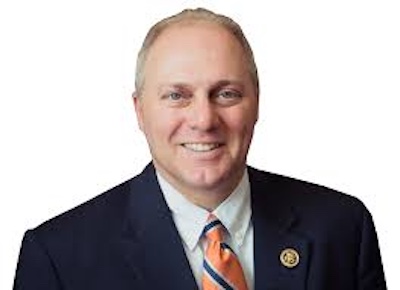LC airport receiving $1.4M
Published 7:10 pm Saturday, July 15, 2017
Lake Charles Regional Airport will get nearly $1.04 million from the Federal Aviation Administration for improvements to help reduce wildlife hazards at the airport.
Heath Allen, the airport’s director, said Friday that the airport will use the money to connect to a sewer line being built along Gulf Highway to an area just south of the airport. The sewer line project — funded by the Police Jury and state capital outlay money — is separate from the airport’s effort and should be finished in the next couple of months, he said.
Trending
Allen said the airport is now using a mechanical sewer system that is “about 50-plus years old” and “doesn’t work very well.” After the system treats water, he said, the effluent is dumped into a low-lying area on the airfield, attracting birds and other wildlife.
“As we all know, wildlife and aircraft don’t mix,” he said. “By doing away with that system, and connecting to the public system, we will no longer have that standing water on the airfield.”
Allen said the effort is part of the FAA’s Wildlife Hazard Mitigation program. It began after a 2009 U.S. Airways flight struck a flock of Canada geese, forcing pilots Chesley Sullenberger and Jeffrey Skiles to land the aircraft in the Hudson River. The program requires commercial airports to do wildlife assessments and provides federal and state money to fund the improvements.
Allen said he expects construction on tying into the public system to start in early fall. He said it could take at least six months to finish. The new sewer line, he said, should also make airport property more attractive to potential developers.
“It’s just a much better situation all the way around,” he said. “It’s a good example of different agencies and forms of government working together.”
U.S. Rep. Clay Higgins, R-Port Barre, said in a news release that the Lake Charles airport grant is one of four that were awarded to airports in his district. The Jennings Airport will receive nearly $600,000 to pay to overlay 5,000 feet of runway.





